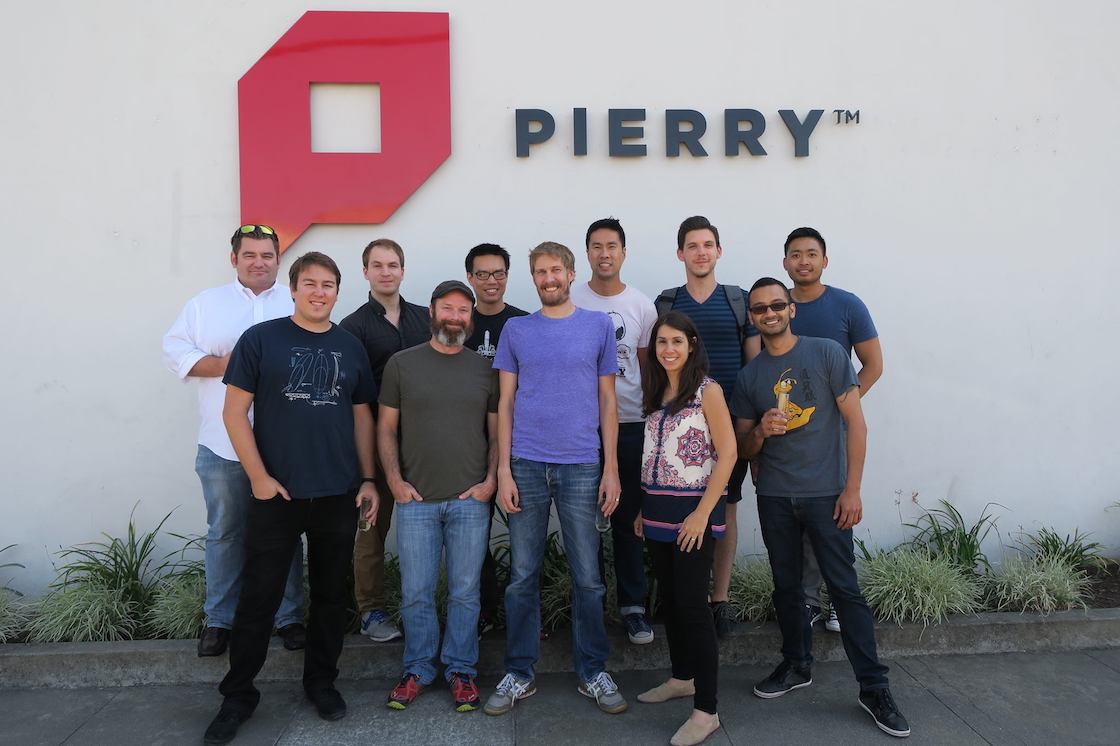 Think about the current goals you have for your digital marketing program. Do they include boosting sales? Growing traffic to your website? Increasing subscriber engagement? And how are you measuring the success of these goals? Are you using metrics like page views, email opens, and total revenue stats?
Think about the current goals you have for your digital marketing program. Do they include boosting sales? Growing traffic to your website? Increasing subscriber engagement? And how are you measuring the success of these goals? Are you using metrics like page views, email opens, and total revenue stats?
If you answered yes to any of the above, I’ve got bad news for you. Your digital marketing program has no depth.
While digital marketing is no longer in its infancy, the way many marketers define its success certainly seems to be. Goals like “growing traffic” or “increasing engagement” are all we had to measure against in the onset of the digital marketing boom; all we really wanted was to see our website getting visitors, our social channels getting followers, and our email lists growing. The access to the data we had was limited. And we used this limited data to create strategies and establish benchmarks.
Today digital marketing gives us the ability to know more about our customers than ever before. We can see how they are interacting with our marketing materials, anticipate their needs, and provided a 1:1 experience that is targeted and relevant.
So why are so many of us still relying on vanity metrics like “page views” and “email opens” to drive our marketing strategy? It’s time to move your digital marketing program forward.
Here are 5 steps you can take to add some depth to your goals and keep them out of the shallow end:
1. Define the purpose of your digital marketing efforts.
This may seem trite, but have you actually ever thought about the purpose your digital marketing department serves and its impact on your organization as a whole? Much like every business has a mission statement, your digital marketing department should have one as well.
Your purpose should go beyond the basics of maintaining a digital presence for your brand. Think about what your department is trying to achieve through that digital presence. This could include things like building and maintaining a positive brand reputation and/or bringing awareness to the benefits of your brand’s products or services in order to bring in the highest quality leads for your sales team.
Don’t feel like you need to limit your mission to a single focus. Your department likely serves multiple purposes. And keep in mind, those purposes may change from year-to-year, so revisit your department mission statement each year to re-evaluate and update as needed.
2. Establish your KPIs.
What, numerically, are you trying to achieve? This is your key performance indicator, or KPI. And establishing these up-front can help shape both your goals and the preceding strategies you’ll put in place based on those goals.
KPIs should be specific in how they will impact the mission of your digital marketing department. For example, let’s say one purpose of your marketing department is to help increase sales. Your KPI may be to increase top of the funnel leads by 15% in the next 12 months.
It’s not enough to just set a KPl to help increase sales. You need to be more specific in how you define that increase, whether it’s a percentage or a dollar value.
3. Define metrics for regularly measuring success/failure.
Once your KPIs are established, you need to determine which metrics you’ll examine on a regular basis to determine whether or not you’re on track to reach them. The metrics you choose should help you directly measure your KPI.
If you’re looking to increase leads, you’d look at conversions and conversions-to-close ratios. You might also look to see if the content you’ve created to drive in more conversions is being engaged with by visitors, as well as path-to-conversion metrics.
Sometimes identifying metrics isn’t so clear-cut. Let’s say you establish a KPI to increase brand awareness by 30%. There’s no direct data point in Google Analytics, or any other analytics program, to directly measure that. Instead, you have to get a little creative. Reach metrics and follower metrics from your social media networks are one way to help measure brand awareness. New visitor metrics in Google Analytics can also give you some insights.
Think about the data you have access to and find the most direct way to use it as a point of measurement. Rule of thumb—if you have a KPI around it, you need to have a logical way to measure it. And sometimes that measurement may have to come from a few different areas.
4. Outline a brief marketing initiative for each KPI.
What will you need to do in order to reach each individual KPI? This could include things like additional content, new pages on the website, an A/B testing initiative, a new email newsletter, etc.
You don’t have to outline your whole strategy. Just give some thought to what you would need to implement in order to reach those KPIs.
5. Put it all together.
Now that you’ve taken the initial steps, setting non-vanity driven goals will be super simple. All you have to do is take what you’ve learned from the steps above and put it all together—Marketing Purpose + KPI + Metrics + Initiatives.
So for example, “In order to help increase company sales by 15%, the digital marketing department will create a new section of the website designed to help more top of the funnel sales convert and monitor the performance of these pages via engagement metrics, conversion metrics, as well as conversion-to-close metrics.”
Okay, it’s a bit of a mouthful compared to goals like “increase traffic to the website”, but it’s also a lot more impactful as it more specifically outlines what you are trying to achieve, where you want to achieve it, how you plan to achieve it, and how you’ll measure it.
Don’t let your digital marketing department run based on shallow goals that don’t mean anything. Instead, outline goals that clearly demonstrate what you’re looking to achieve and how. When you work with goals that have depth you’re better prepared to put together a truly robust digital marketing strategy, and you’ll have access to the types of information you need to adjust your strategy month over month, and year over year.

 It’s no secret that in the digital marketing world, the skills of developers are in high demand—particularly the skills of developers familiar with Salesforce and Salesforce Marketing Cloud. However, many the curriculum of most undergraduate programs and coding boot camps don’t have the opportunity to cover the many intricacies of these complex marketing platforms, meaning employers are left to fill that gap, often resorting to developers having to learn as they go on live-client accounts.
It’s no secret that in the digital marketing world, the skills of developers are in high demand—particularly the skills of developers familiar with Salesforce and Salesforce Marketing Cloud. However, many the curriculum of most undergraduate programs and coding boot camps don’t have the opportunity to cover the many intricacies of these complex marketing platforms, meaning employers are left to fill that gap, often resorting to developers having to learn as they go on live-client accounts. We’re blogging, we’re info-graphing, we’re creating listicles, and gifs, and videos, and images. We need content for our emails, our website, our Snapchat, our Instagram, our Tumblr. New channels for marketing your brand seem to pop-up every day. And in our efforts to help our brand stand out above the rest,
We’re blogging, we’re info-graphing, we’re creating listicles, and gifs, and videos, and images. We need content for our emails, our website, our Snapchat, our Instagram, our Tumblr. New channels for marketing your brand seem to pop-up every day. And in our efforts to help our brand stand out above the rest,